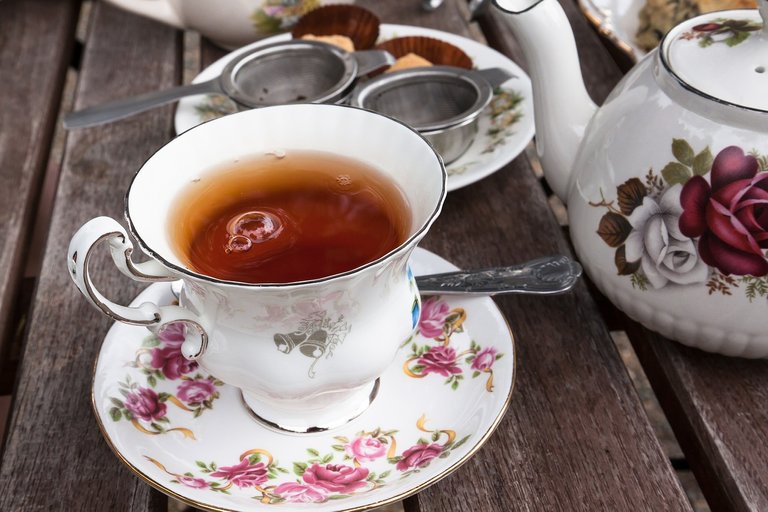The history of Earl Grey tea
Earl Grey tea is named after the British Prime Minister Charles Grey. Grey abolished the East India Company's price monopoly with China in 1833. It is said that during a storm on a crossing on the high seas between England and China, the tea load has become very confused. The bergamot oil, a citrus fruit, is poured over the tea. Now it was up to Charles Grey to decide what to do with the cargo. He decided to try the tea first and then decide what to do with it. However, Charles Grey liked the tea so much that it was soon on the market.
The components of Earl Grey Tea
Originally Chinese teas were used for Earl Grey tea. Meanwhile, the varieties come from India. The main variety is Darjeeling. The typical bergamot aroma is only present in traditional blends. In the cheap tea variants only a nature-identical aroma can be found.
The ingredients for an Earl Grey fruit tea include rosehip, hibiscus, apple, orange peel or elderberry. Various spices or flowers are also added to the tea.

Preparing Earl Grey Tea
For Earl Grey tea, a spacious teapot should be used. Depending on the requirements, these can be preheated beforehand. One teaspoonful of tea (loose) is used per cup, whereby the pot volume must be taken into account. Pour hot water over the tea leaves and let them stand for about three minutes. When using tea bags, the instructions on the package must be observed, as the brewing times may vary. Honey, brown sugar, milk or lemon can also be used to enhance the taste or sweeten the tea.
Mixing variants of Earl Grey Tea
New variants of Earl Grey tea blends are constantly being tried out. The latest variant of Earl Grey tea is the blend with Rotbusch, also known as rooibos. The variant is called "Rotbusch Earl Grey". Here you will also find the bergamot aroma. On the market you can also find green Earl Grey and even smoky Earl Grey. An Earl Grey variety with orange and lemon peel and lemon aroma is known as Lady Grey tea.